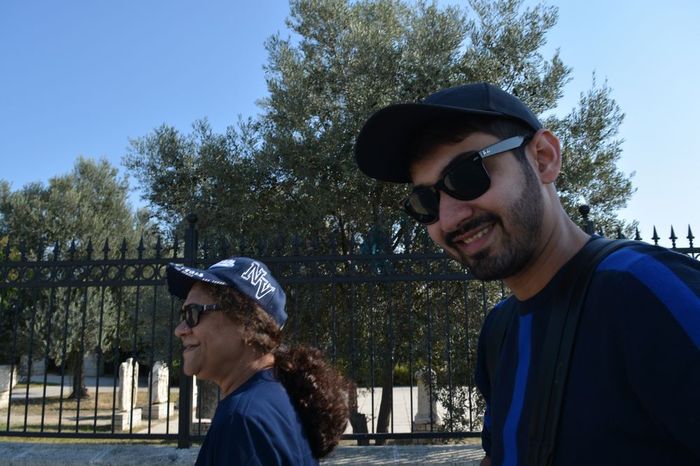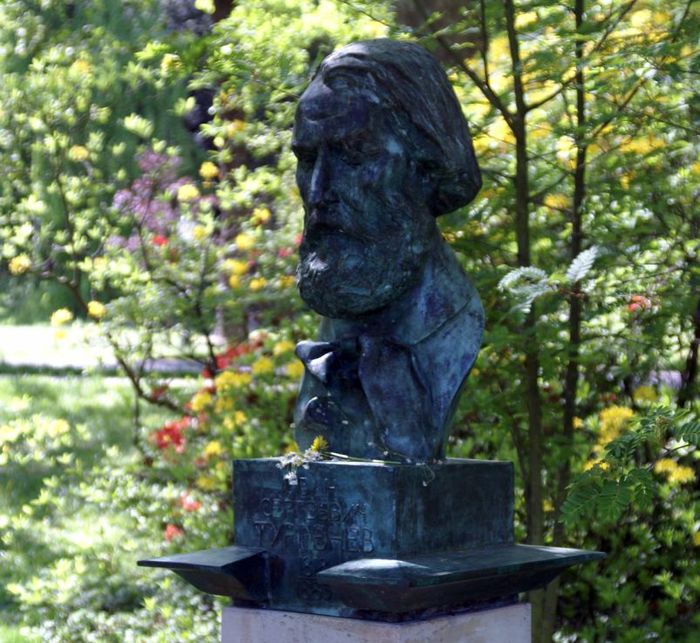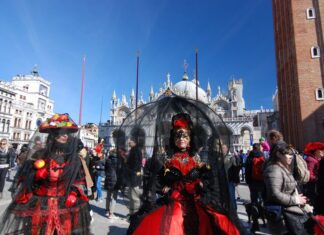Every page of our story assumes a society of huge chasms with wealth and status running among people who lived with each other every day. All our modern studies of the splendors of ancient civilizations emphasize the similarities between the ancients and ourselves. But the similarities we are fond of invoking connect the rich and socially advantaged ancients and moderns to one another.
It is pleasant to think that Thucydides (for the realists), Cicero (for the optimists), or Boethius (for the intellectuals) have something in common with our own modern interests, predilections, and pastimes. We should remember, however, that their world and they themselves were very unlike what we know in our world today. If a time machine plunked us down in an ancient city, at the door of the house of a great writer or statesman whose name we know, the thrill of recognition would quickly be replaced by shock and dismay.
First, people took ill more often, lingered longer in sickness, were crippled for life by trivial accidents, aged rapidly, and died young. The people themselves were shorter than moderns and took for granted that they lived amid the effluvia, to choose a nice word for it, of human beings and their household and serving animals. Ancient cities stank. The people who bathed to remove some of their own odors then covered themselves with strong ointments and perfumes designed to counteract the smells of social living, and those remedies probably made the original problem worse (to a sensitive modern nose) rather than better. But those facts are physical.
Slightly more in Constantinople
Second, the privileged rich were few in number: a few dozen in a small city, a few hundred in a larger one, perhaps 1,000 or slightly more in Constantinople at its most glorious. Somewhat larger was the group of moderately protected, successful urban dwellers—merchants, artisans, government officers, people who managed the business of the comfortable world in which the rich could live. The poor, on the other hand, were many. Those with connections to the rich might derive some benefit— the well-dressed slave, for example—but might equally be abused by their overlords WHAT BECOMES Of THE ROMAN-HEARTED. By late antiquity the prevalence of slavery had subsided, but not for a particularly good reason. Great landlords didn’t need so many slaves (as southern plantation owners discovered after the Civil War) if they had tenants and sharecroppers for whom they had even less responsibility than they had for slaves. The urban poor similarly had no social safety net and were free to starve unimpeded.
Third, the social gradations of wealth and standing were sharp and carried with them the privileges of abuse. A clear hierarchy of secular dignities grew increasingly rigid in the empire after the time of Diocletian (who died about 316), softened only by the emergence of the parallel hierarchy of churchmen, who were not aristocrats but had protections. (Escaping from a lower social status into holy orders was an attractive form of social mobility.) In law there was a distinction between honestiores (the more honorable) and humiliores (the more humble), but it only codified the great fault line of society, between those who could be beaten and tortured readily and those theoretically immune to judicial violence. The more humble were always far more abundant. Not every poor man was beaten every day or every year, but every poor man knew that he could be.








